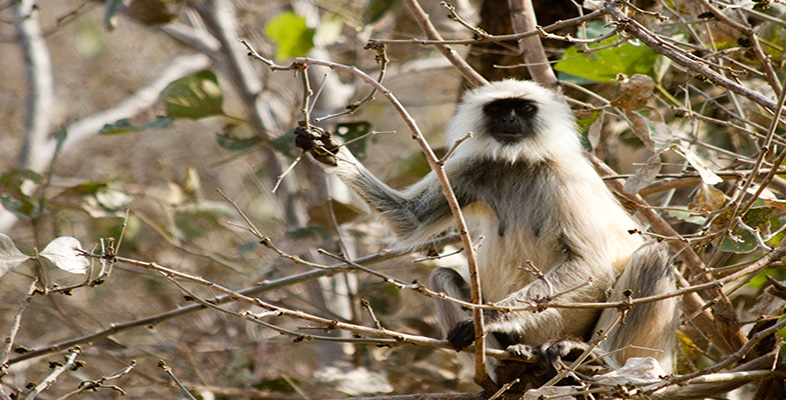3 How do anthropoids differ from prosimians?
3.1 Diurnal living
In three particular respects, anthropoids have evolved features that have given them a competitive edge over other animals, especially prosimian primates. They have a diurnal instead of a nocturnal pattern of activity, they form all year round male-female relationships and live in social groups (which evolved differently and independently in lemurs), and they communicate extensively through gestures and vocalisation.
A diurnal pattern of activity means that, like us, nearly all anthropoid primates are awake during the day and asleep at night. Prosimians, the great majority of which are nocturnal, have adaptations for nocturnal living, such as large eyes, sensitive night vision with a resultant loss of colour vision, and a well developed sense of smell. Many also have large ears that can move independently of each other. In contrast to prosimians, the diurnally living anthropoids have evolved superior stereoscopic and colour vision with an associated reduction in the structures and brain processes related to smell.
